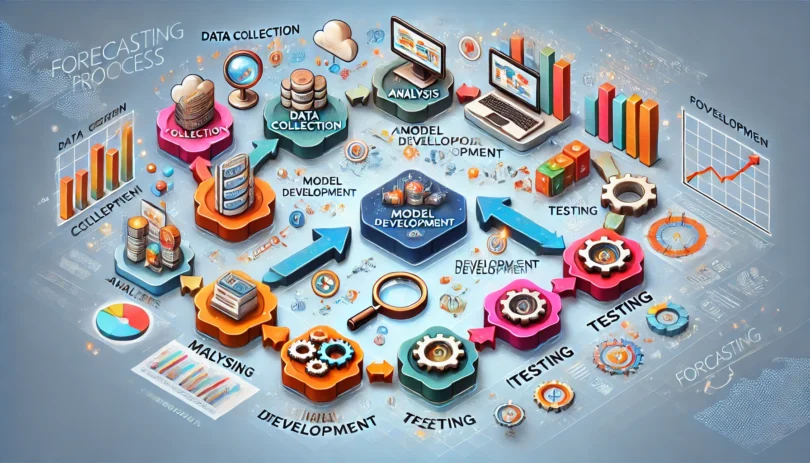Introduction
Traditional forecasting methods may not fully capture the complexities of modern financial environments. Advanced methodologies incorporate predictive analytics, scenario modeling, and machine learning to enhance precision and adaptability. This chapter explores these methodologies and their applications.
- Advanced Forecasting Techniques
1.1 Rolling Forecasts
- Continuously update forecasts to extend visibility beyond fixed timeframes.
- Benefit: Enhances agility in responding to real-time changes.
1.2 Scenario Analysis
- Models various hypothetical conditions to anticipate potential cash flow outcomes.
- Applications:
- Testing the impact of economic downturns.
- Planning for revenue spikes or declines.
1.3 Predictive Analytics
- Leverages historical data and algorithms to identify trends and forecast future cash flows.
- Benefit: Automates analysis for more accurate and actionable insights.
1.4 Machine Learning Models
- Use AI to adapt to changing data inputs and refine predictions over time.
- Applications:
- Detecting anomalies.
- Enhancing long-term forecast accuracy.
1.5 Stress Testing
- Evaluates the organization’s financial resilience under extreme conditions.
- Example: Modeling cash flow impacts of a 20% drop in sales.
- Combining Methodologies for Maximum Accuracy
- Hybrid approaches integrate direct and indirect forecasting methods.
- Combine quantitative data with qualitative insights from key stakeholders.
Conclusion
Advanced forecasting methodologies empower businesses to navigate uncertainty and make data-driven financial decisions. By adopting these techniques, organizations can enhance accuracy, resilience, and strategic alignment.






Leave a Comment
You must be logged in to post a comment.